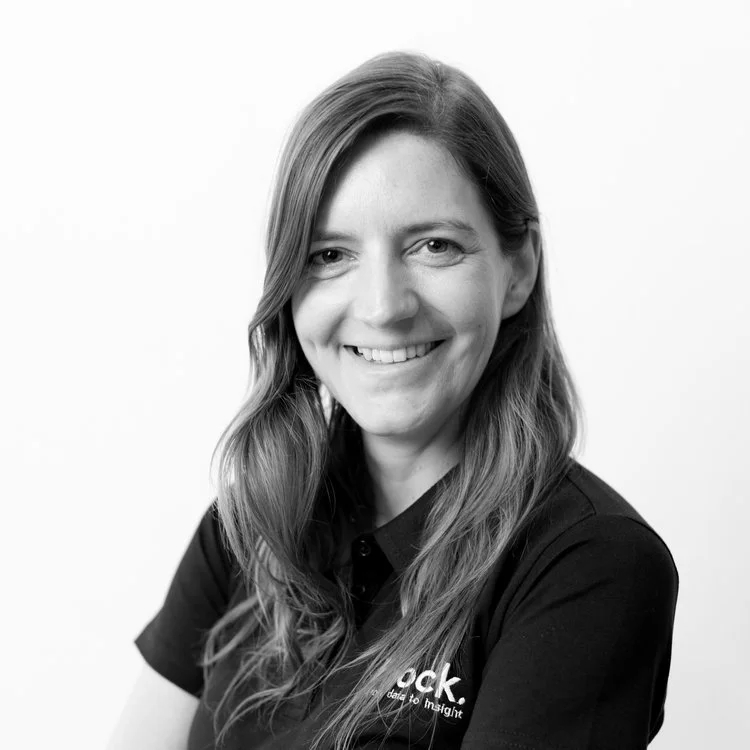
Marieke Mahoney
Since my first daughter was born almost 12 years ago, I’ve always had a level of flexibility and reduced working hours – yet there were plenty of opportunities to progress my career, often by being creative and adaptable. I now lead the Advisory function at a Data & Analytics consultancy – a role that combines client-facing and internal leadership, and is fun, fast-paced and challenging.
Part-time leadership, for me, is about outcomes rather than hours. If something matters, I won’t rest until it’s done. But once it is, I can switch off completely. That focus on outcomes, rather than hours, keeps me productive, strategic, and ensures the time I do spend at work delivers real value.
For me, structure and intentionality are essential. I aim to be deliberate about what I work on—prioritising the tasks that move the needle rather than being pulled into reactive work. The reality is that the most exciting and rewarding roles also tend to be fast-paced and carry real responsibility—they consume energy and headspace. But with the right flexibility, I can manage this without losing sight of what matters most: being present for my family and daughters, now 9 and 11. That means being there for school pick-ups, sports days, and school camps, and taking extended holidays together as a family.
Flexibility is never a one-way benefit; it’s a genuine give-and-take. When the workload is high, I lean in and work longer and sometimes odd hours. When it’s quieter, I take the time to step back. My team knows I’m unavailable for meetings in the afternoons, but they also know I’m there for them if something is urgent. I don’t pretend the balance is ever perfect. In fact, it often goes hand in hand with some mild chaos and frequent recalibration.
Managing Boundaries • My calendar is blocked out every afternoon – either for family or thinking work. • My phone switches to “home mode” the moment I walk in the door, cutting off all work notifications. • Devices stay out of family spaces to protect connection (or that’s the theory!) • Clear communication is key—if people know when I’m not available, they’re happy to work around it. With many colleagues also working flexibly, this creates a culture of respect and shared responsibility.
Senior part-time work is not about doing less—it’s about leaning in differently. By focusing on outcomes, maintaining structure, and staying deliberate about what truly matters, part-time leaders can deliver at the highest level while also building lives that work. Done well, this model strengthens organisations, empowers teams, and shows that leadership can be powerful, flexible, and sustainable.
